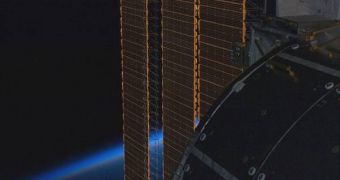Over the past few years, large amounts of efforts and considerable sums of money were poured by governments into producing new generations and types of solar cells. While this may look like a good thing, industry officials say that the lack of funding for completely developing and scaling up the existing technologies is leaving them in a bit of a mess. The level of performance achieved by current solar-capturing methods is advanced enough to merit more attention and support from governments, which now seem bent on innovating the industry with complete disregard of existing achievements.
These were some of the viewpoints expressed by attendants at a symposium organized last week by the National Academies, in Washington DC, in which representatives from major solar-panel manufacturers and academics participated. The main topic of the discussion was the scaling up of the solar industry, as in if this was required to continue at an alert pace or not. “This is such a fast-moving field. To some degree, we're fighting the last war. We're answering the questions from 5, 10, 15 years ago in a world where things have really changed,” the Director of the George Washington University Solar Institute, Ken Zweibel, said.
Crystalline-silicon and thin-film technologies are the main ones on the market today, but the US government has peddled in the direction of developing “transformational” solar-capturing methods within the last few years, which involve a complete departure from existing technologies. The Department of Energy (DOE) has funded new energy-research centers, as well as the just-established ARPA-Energy (Advanced Research Projects Agency). The main reason behind these investments, officials share, is the fact that electricity produced with these devices is still more expensive than the one obtained from burning fossil fuels, such as oil, natural gas and coal, Technology Review informs.
Zweibel added that existing technologies had managed to bring the total cost of a solar power generator to less than $1 per watt, which had been a long-standing goal. This was not accomplished by revolutionary, new solar panels, but by modifying and improving on older technologies. The solar cell manufacturer First Solar managed to perform the amazing feat in the first quarter of 2009. With further subsides from the government, the method could be refined even further, helping meet extra, summer-time electricity demands, when the electric grids are usually placed under increased strain.

 14 DAY TRIAL //
14 DAY TRIAL //